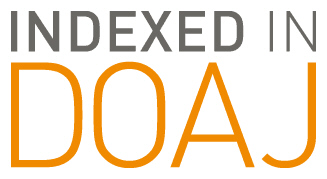Abstract
Obesity is a significant health concern people of all ages on a global level. There have many studies that addressed nutrition concepts, however, those results are inadequate to lead to long term improved health because the improvements were too weak, too short lived, or did not generalize to other environments. There is a need to enhance the educational component and one solution is to design the instructional component using a theory of language and cognition, Relational Frame Theory (RFT). This method not only has potential to help the student learn information about foods, but also learn how to make comparisons between foods. This study implemented a nutritional education program using a relational frame theory format to teach nutritional relations using the relational frame, “healthier,” and assessed for derived relations. The first step involved teaching equivalence relations between nine foods categorized into three groups, maximum nutritional value, moderate nutritional value, and minimal nutritional value. After the initial equivalence training and remediation procedures all the participants demonstrated mastery on equivalence relations that were taught and derived. Next, participants were taught two comparison relations and assessed for comparison relations that were taught and derived. Of the comparison relations assessed, two of the participants improved their performance in the comparison relations that were taught.
Recommended Citation
Koltonski, Summer Ph.D.; Kelso, Ginger L. Ph.D.; and McCuller, Glen Ph.D.
(2021)
"Using Relational Frame Theory to Teach Nutritional Values,"
Journal of Human Services: Training, Research, and Practice: Vol. 7:
Iss.
1, Article 2.
Available at:
https://scholarworks.sfasu.edu/jhstrp/vol7/iss1/2
Included in
Curriculum and Instruction Commons, Educational Methods Commons, Educational Psychology Commons, Health Psychology Commons, Other Social and Behavioral Sciences Commons, School Psychology Commons
Tell us how this article helped you.
